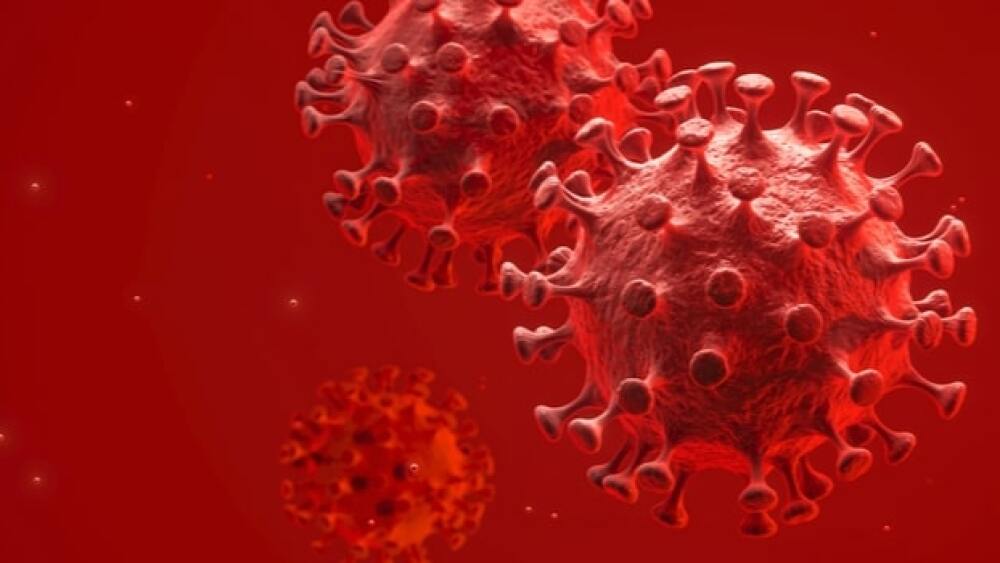There has been a high level of movement in COVID-19 vaccine news this week, with Pfizer and BioNTech, Moderna, and AstraZeneca and the University of Oxford all having positive clinical trial announcements. Here’s some follow-up news.
There has been a high level of movement in COVID-19 vaccine news this week, with Pfizer and BioNTech, Moderna, and AstraZeneca and the University of Oxford all having positive clinical trial announcements. Here’s some follow-up news.
Operation Warp Speed Indicates Vaccines Will Go to States Based on Population
As the U.S. government’s Operation Warp Speed works to coordinate distribution of vaccines, top officials indicated they had allocated 6.4 million doses of vaccines to states based on their total populations. Specifically, based on the total number of adults in the state.
“We wanted to keep this simple,” said Alex Azar, secretary of Health and Human Services. “We thought it would be the fairest approach, and the most consistent.”
Original distribution plans, such as those made by the Advisory Committee on Immunization Practices, an independent vaccine advisory group for the Centers for Disease Control and Prevention (CDC), proposed distribution based on high-risk groups. They still are working to prioritize groups, such as health care workers, nursing home residents, and factory workers, but have decided to go ahead and allocate the first 6.4 million doses to states based on overall population. The states will likely follow the prioritization guidelines made by the vaccine advisory group.
They believe they will be able to distribute 40 million doses by the end of the year. There are about 20 million health care workers in the U.S. out of an overall population of 330 million. The vaccines to date all require two doses taken about 28 days apart. The general public is unlikely to be able to receive the vaccine until April.
Altimmune Submitted IND for Single-dose Intranasal COVID-19 Vaccine
Gaithersburg, Maryland-based Altimmune submitted an Investigational New Drug (IND) application to the FDA to launch a Phase I trial of its AdCOVID single-dose intranasal COVID-19 vaccine candidate. They hope to begin the clinical trial in December.
“While the progress being reported with current vaccines is very encouraging, many in the scientific and medical communities agree that there is continued need for next-generation vaccines that offer significant enhancements,” said Vipin K. Garg, president and chief executive officer of Altimmune. “AdCOVID has the potential to provide many benefits not offered by current vaccines, including simple intranasal administration (particularly well-suited for use in children), the ability to be transported at room temperature and conveniently stored in refrigerators for years, and the stimulation of nasal mucosal immunity with the potential to provide sterilizing immunity and block transmission of the SARS-CoV-2 virus.”
Concerns Over the AstraZeneca-Oxford COVID-19 Vaccine
Earlier this week, AstraZeneca and the University of Oxford announced high-level results from an interim analysis of their COVID-19 vaccine, AZD1222. The analysis was from the trials in the UK and Brazil and demonstrated efficacy of up to 90%.
The vaccine was effective at preventing COVID-19, with no hospitalizations or severe cases in people receiving it. There were a total of 131 COVID-19 positive cases in the interim analysis group. One dosing regimen was given at a half dose and demonstrated 90% efficacy, followed by a full dose at least one month apart. Another dosing regimen demonstrated 62% efficacy when given two full doses at least one month apart. The combined analysis showed average efficacy of 70%.
It’s this difference that is puzzling, particularly since they don’t know exactly why the lower preliminary dose has more efficacy. One possibility is the trial that included that group, which was an accident, was not large enough to determine the difference between the two regimens. There were only 2,741 participants in the half-dose group compared to 8,895 in the group that had the lowest efficacy. Another possibility is that there is some sort of extra immune response to the viral vector in this vaccine, which uses a weakened chimpanzee adenovirus. It is possible that the lower dose leads more quickly to establishing a “memory” of immune cells triggered by the second-dose booster shots.
Apparently in the half-dose group, it was a mistake, with those vials only being half-filled.
Either way, it makes the data difficult to interpret. “I’m glad this is not the first vaccine to read out, because it is awfully confusing for experts and non-experts alike,” tweeted Natalie Dean, a University of Florida professor and expert on vaccine clinical trial design.
European Commission Acquires 80 Million Doses of Moderna’s COVID-19 Vaccine
The European Commission (EC) approved a deal to secure 80 million doses of Moderna’s COVID-19 vaccine as part of the EC’s goal to secure access to safe and effective vaccines for Europe. Under the terms of the agreement, EC can increase their purchase of the vaccine from 80 million doses to a total of up to 160 million doses. The agreement will be finalized after a review period by the European Union Member States. Delivery of the vaccine could begin in the first quarter of 2021 if it is approved by the European Medicines Agency (EMA) human medicines committee (CHMP), which began a rolling review of the vaccine on November 17.





